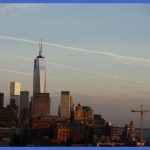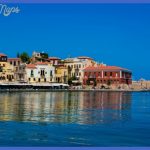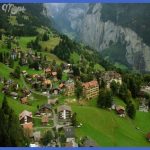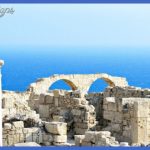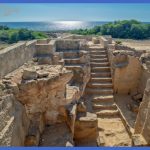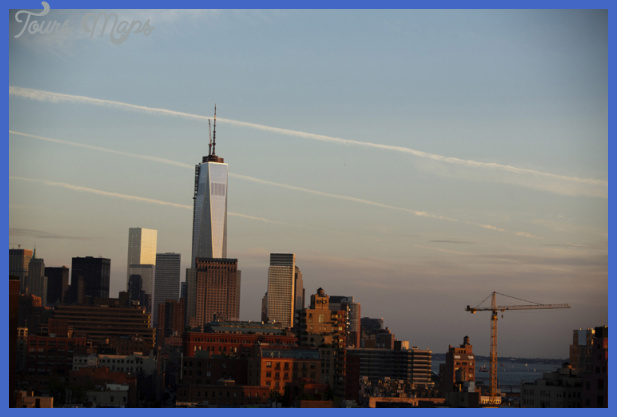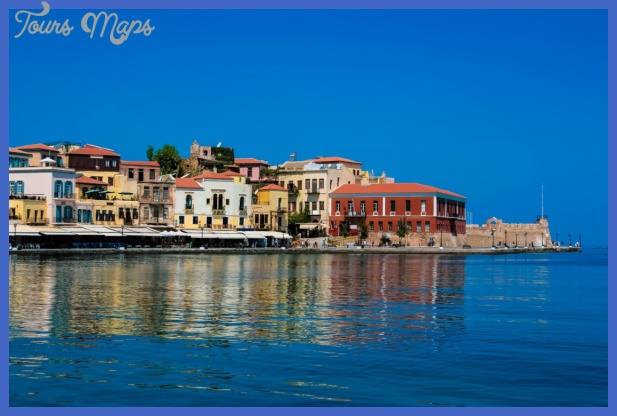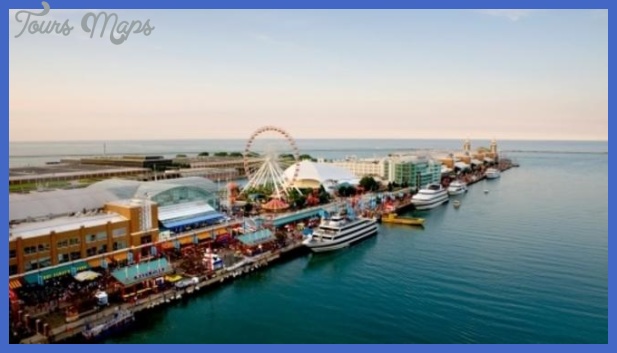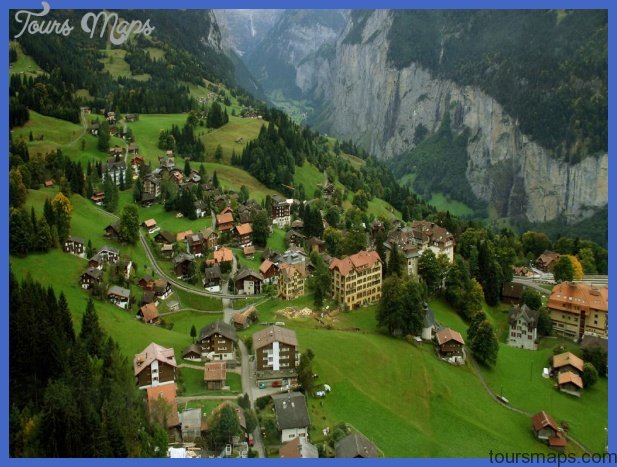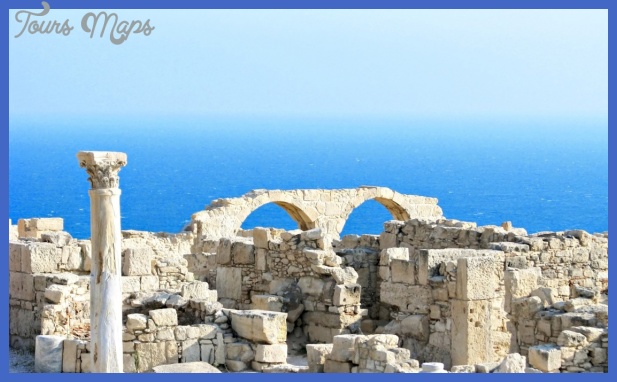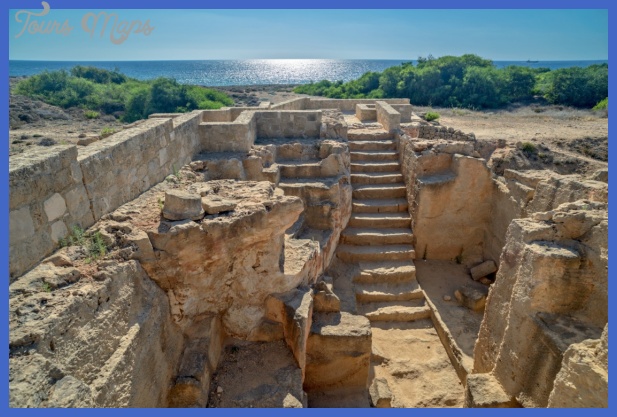SIGHTS
Geneva is modestly spectacular. It is not a city of rich, legendary architecture or work of art, but rather a small domain filled with contrasts, quaint idiosyncrasies and international flavor. Culinary pleasures abound in Calvin’s city. You will find more than 1000 dining establishments right in the town supplemented by a vast array of delightful bistros in the surrounding countryside. Dining here is a social event: long, leisurely and luxurious. Evening indulgences need not end at dinner. Le Grand Theatre is a manifastation of its name, and opera is the heart of Geneva’s cultural activity. Escapades continue well into the dawn’s early light in Geneva’s night clubs, piano bars and discos. Sightseeing in this town is sheer pleasure and can be accomplished easily by foot. With backdrops like the Mont-Blanc, the Jet d’eau (Geneva’s famous fountain), sumptuous gardens, the city lures even the busiest man into its arms. Visitors will discover the essence of a city which has remained on the human scale and where it is good, very good, to live. Le Jet D’eau: For many, this famous fountain is the symbol of Geneva. The first one was installed in 1886, the present one created in 1891, reaching a height of 140 meters, projecting 500 liters / second at a speed of 200km/h.
The Flower Clock in the Jar din Anglais is another symbol of Geneva. Le Monument Brunswick: The Duke of Brunswick left his entire fortune to the city. Le Monument Du Port-noir is on the exact spot where Swiss troops disembarked in 1814 in order to guarantee Geneva’s peaceful entry into the Swiss Confederation. The Old Town La Cathedrale De Saint-pierre: Begun towards the middle of the 10th century and finished at the end of the 13th. From 1749 to 1756 reconstruction of the facade was carried out in the Greek style. La Maison Tavel: The oldest privately constructed building which is being transformed into a Museum of old Geneva. The fountain in the Place Du Bourg-de-Fourg was the center of activity of medieval Geneva. L’hotel de Ville (Town Hall): Seat of the government and of certain administrative services (15th-16th c.); La Place Neuve Le Grand Theatre (Opera House, 1874-79) Le Conservatoire De Musique: Built by the banker Francois Bartholini who gave it to the city in 1868. Le Musee Rath: This building (hosting temporary exhibitions) is due to the munificence of General Rath, a Genevese who served the Russians Czars.
The Statue of General Dufour: Several times he commanded the federal army and has given his name to a remarkable large-scale map of Switzerland, the drawing of which he directed personally. L’university: The university of Geneva in the Parc des Bastions faces the international monument to the Reformation, which was built against the 16th century city walls. Among the numerous museums and galleries all worth seeing a special mention must be given to the Athenee Museum, which hosts temporary exhibitions at the Museum of Ethnography and the Barber-Mueller Collections, which testify that the study of ethnography and primitive art has always played a prominent part in Geneva, The Natural History Museum with its varied collections is a delight for young and old visitors and the Clock and Watch Museum with its unique collection dating back to the 16th century. Special emphasis on 18th century creations.
Sights and Attractions in Geneva Photo Gallery
Maybe You Like Them Too
- The Best Cities To Visit in The World
- World’s 10 Best Places To Visit
- Coolest Countries in the World to Visit
- Travel to Santorini, Greece
- Map of Barbados – Holiday in Barbados

